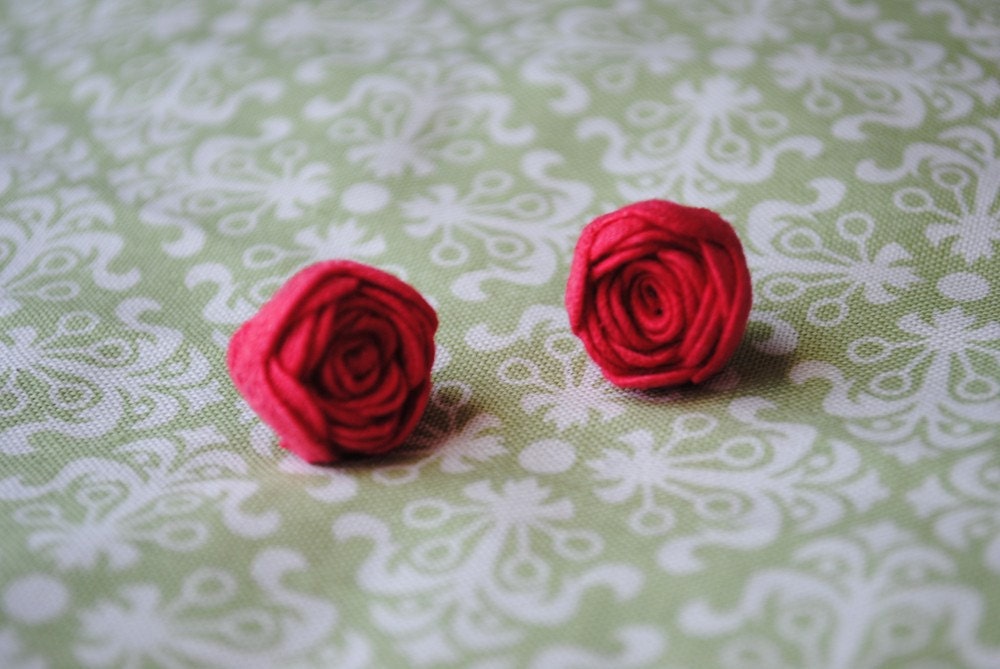Ruby - the name directed at red, gem-quality corundum - is among the best gemstones for jewellery settings. Rubies might be any shade of red, from pinkish to purplish or brownish red, with respect to the chromium and iron content from the stone. Frequent twinning from the crystals makes the fabric prone to fracture, yet ruby is a difficult mineral, second and then diamond in hardness. Crystal prisms are hexagonal with tapering or flat ends. Since the crystals grow they form new layers, and with respect to the geological conditions and minerals present, colour variations, called zoning, occur.
These are simply worldwide in igneous and metamorphic rocks, or as waterworn pebbles in alluvial deposits. The best stones originate from Burma; those from Thailand, the primary source, are brownish red; Afghanistan, Pakistan and Vietnam produce bright red stones; those from India, New york (USA), Russia, Australia, and Norway are dark, often even opaque.
In 1902, a Frenchman, Auguste Verneuil, produced a synthetic ruby crystal by exposing powdered aluminium oxide and colouring material towards the flame of the blowtorch.
These are simply worldwide in igneous and metamorphic rocks, or as waterworn pebbles in alluvial deposits. The best stones originate from Burma; those from Thailand, the primary source, are brownish red; Afghanistan, Pakistan and Vietnam produce bright red stones; those from India, New york (USA), Russia, Australia, and Norway are dark, often even opaque.
In 1902, a Frenchman, Auguste Verneuil, produced a synthetic ruby crystal by exposing powdered aluminium oxide and colouring material towards the flame of the blowtorch.




















